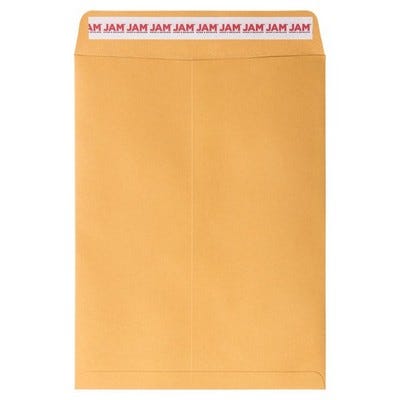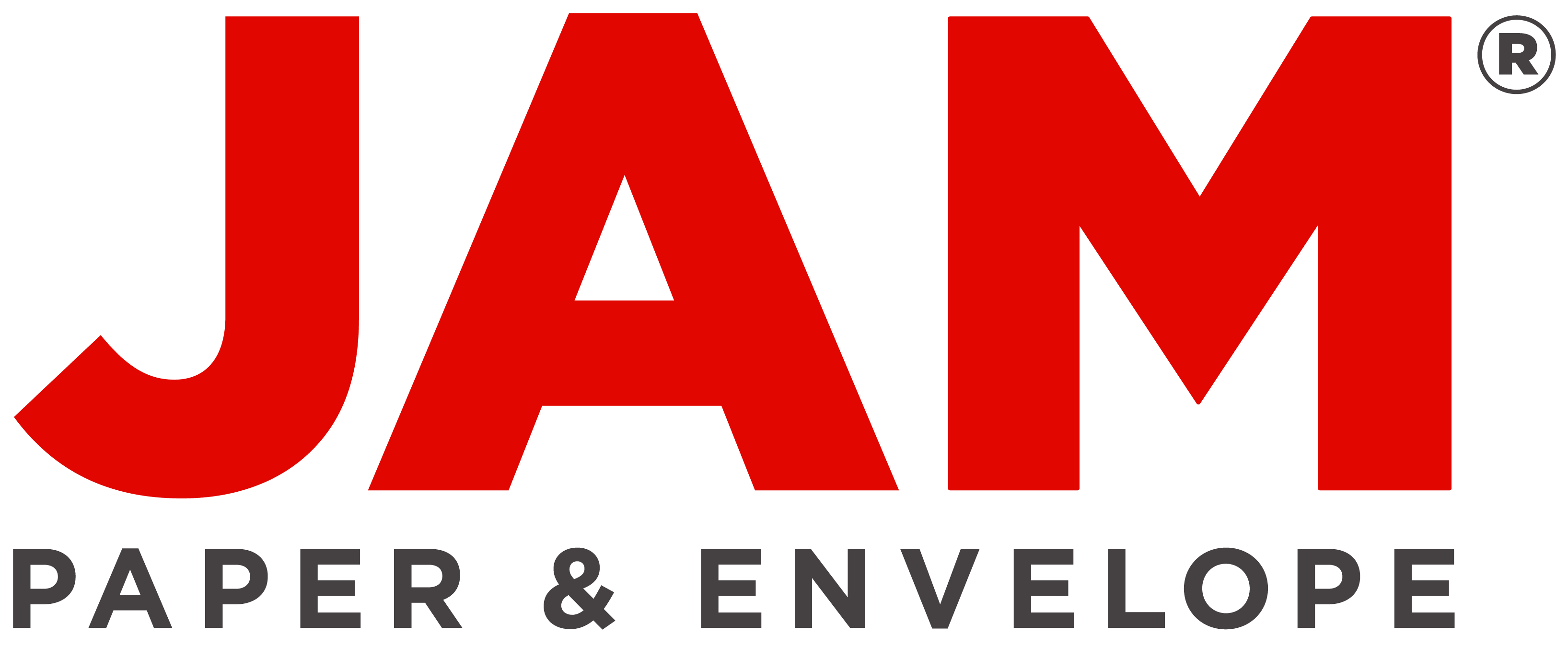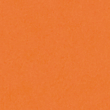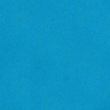Why are They Called Manila Envelopes and When to use Them
- By Andrew Jacobs
- Oct 15, 2013


Chances are that if you have worked in an office, you have probably come across these tan colored envelopes more times than you care to count. You have used them to transport important documents between departments and to mail out contracts. They are used in offices all across America. We're talking about manila envelopes. So why are they called manila envelopes and when should you use them?
Why are They Called Manila Envelopes
The main element that makes up this durable style of envelope is the Manila hemp. The Manila hemp is derived from a species of banana originally from the Philippines, whose fibers are tough. The hemp is then used during the paper making process, similar to how Kraft paper uses wood pulp. So the mystery is solved, the manila envelope gets its name from the hemp in which it is made from. At first the manila envelope was not an envelope at all, but a folder. Creators of this paper would produce thick card stock and fold it in two, creating a folder. These were used to transport important documents to ensure they would not get damaged. Eventually the folders were sealed at the two ends creating an envelope perfect for housing documents.
Manila Envelopes Design
What makes these envelopes so great for business is that they typically come in sizes similar to a standard size piece of paper. This way documents can lie flat and not have to be folded in half, which can create creases. The durable material allows this envelope to be used over and over. Many times, offices will use the same envelope and just cross off the names of the previous owner. The tanish color of the envelope is known as Buff or un-dyed. Commonly featured with a top flap, they can be open ended or have a closing mechanism attached. Most common styles of manila envelopes are the metal clasps envelope and the button and string envelope which can be found here. Manila envelopes are great for more than just businesses. You can use them at home to store important documents like birth certificates or marriage licenses. Whatever you choose to do with your manila envelope, at least now you know why we call it manila. Have more questions about envelopes? Check out our What is a Tyvek Envelope article.
What Are Manila Envelopes and Their Origin
Manila envelopes are a type of envelope made from manila paper, a durable and sturdy material that is commonly used for mailing documents, files, and other important papers. The name "Manila" comes from the city in the Philippines, where the material was originally sourced and manufactured. These envelopes are known for their distinctive light brown color and are available in various sizes to accommodate different types of documents. They are widely used in offices, schools, and homes for organizing and mailing purposes, making them a versatile and essential stationery item.
The Benefits of Using Manila Envelopes
Manila envelopes offer several benefits, including their durability and resistance to tearing, making them ideal for protecting important documents during transit. Their light brown color also makes it easy to label and identify the contents, adding to their practicality. Additionally, these envelopes are cost-effective and readily available, making them a convenient choice for both personal and professional use. Their versatility and reliability have made them a popular choice for mailing and organizing documents.
Common Use Cases for Manila Envelopes
Manila envelopes are commonly used for mailing legal documents, contracts, reports, and other important paperwork. They are also popular for storing and organizing files, receipts, and other paperwork in offices and homes. Additionally, they are often used for sending out invitations, greeting cards, and small packages. Their sturdy construction and ample space make them suitable for a wide range of applications, making them a staple in any stationery collection.
Alternatives to Manila Envelopes
While Manila envelopes are a popular choice, there are alternatives available for specific needs. For instance, padded envelopes provide extra protection for delicate items, while window envelopes are designed for mailing documents with pre-printed addresses. Additionally, poly envelopes offer water-resistant properties, making them suitable for shipping items in damp conditions. Understanding the different types of envelopes available can help you choose the most suitable option for your specific mailing or organizing needs.
Tips for Using Manila Envelopes
When using Manila envelopes, it's important to ensure that the contents are securely enclosed and properly labeled to avoid any mishaps during transit. Choosing the right size envelope for your documents is also crucial to prevent any folding or crumpling. Additionally, using a quality adhesive or tape to seal the envelope can help protect the contents from damage. It's also advisable to double-check the postage requirements and address details before sending out the envelope to ensure smooth delivery.
Conclusion
Manila envelopes are a practical and reliable choice for mailing and organizing documents, offering durability, versatility, and cost-effectiveness. Understanding their origin, benefits, use cases, alternatives, and best practices for using them can help individuals and businesses make informed decisions when it comes to selecting the right envelopes for their specific needs.
















